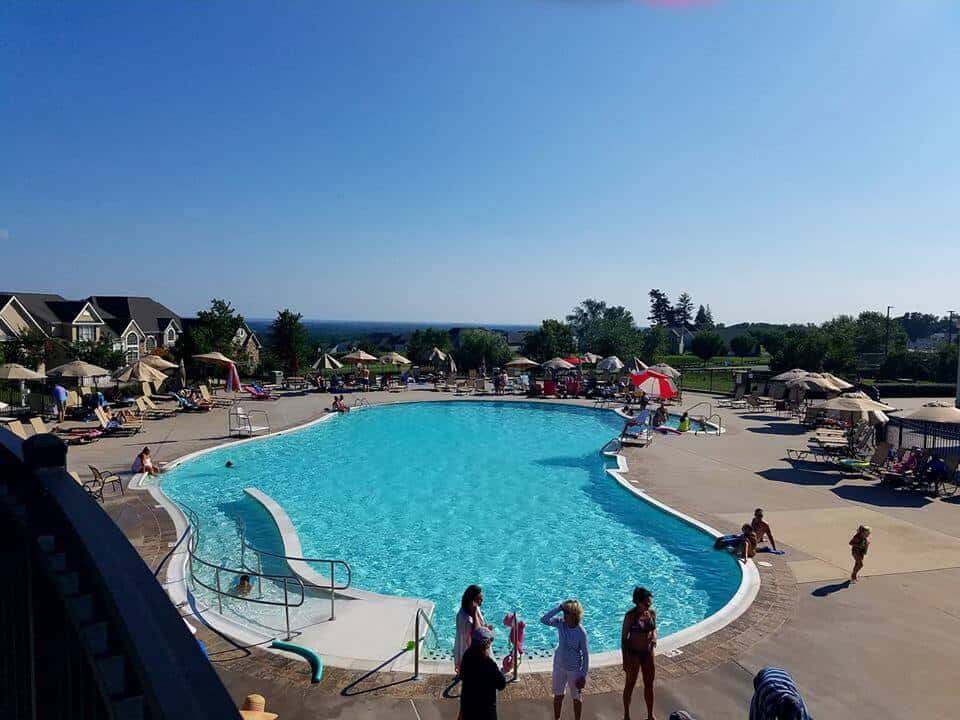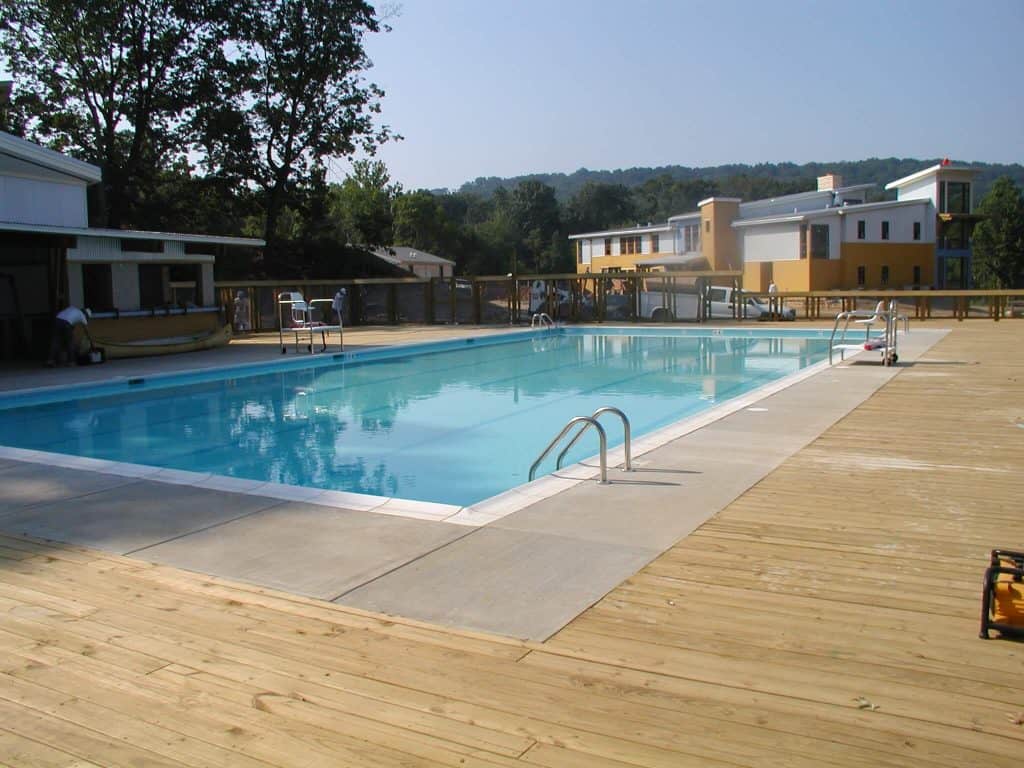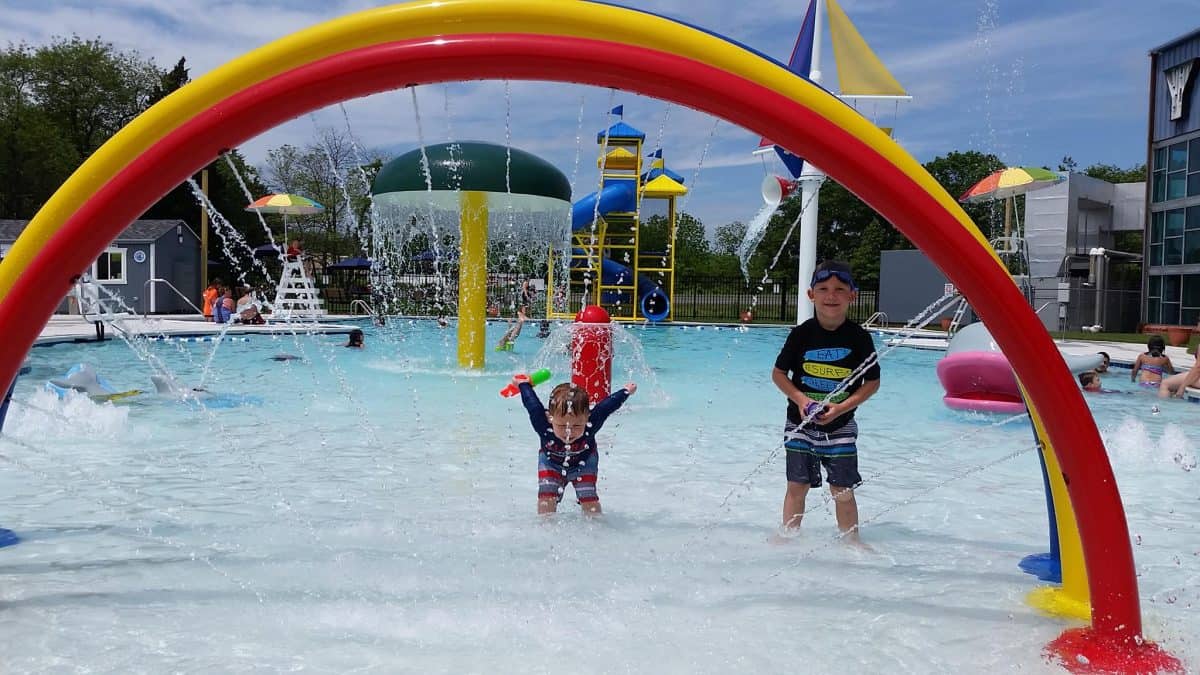Planning a Commercial Pool Project
Planning a Commercial Pool Project
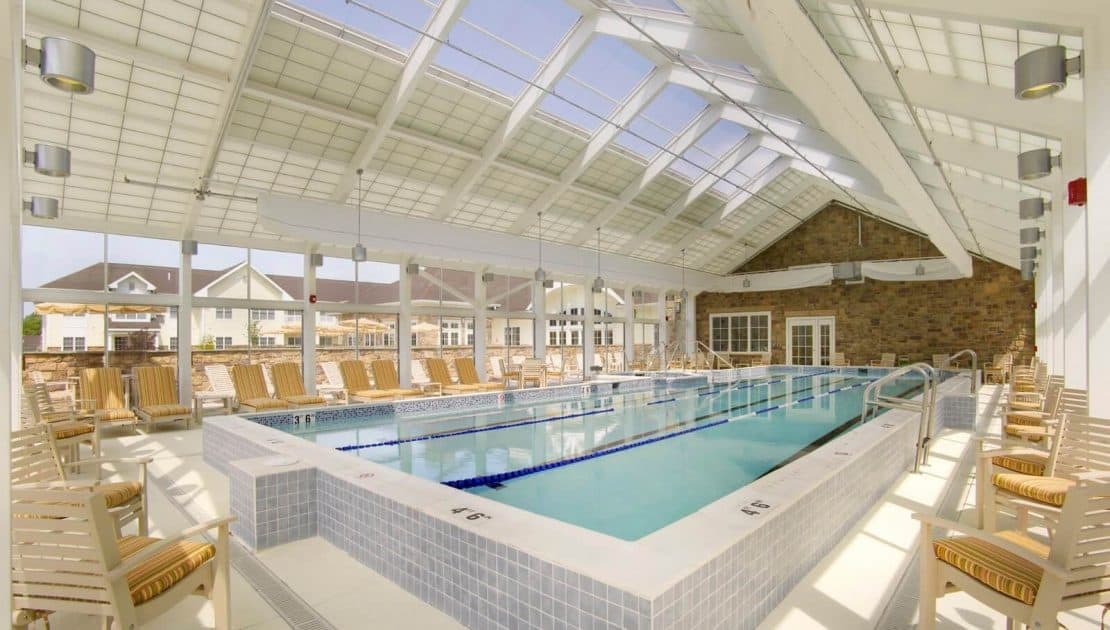
What To Consider When Planning a Commercial Pool Project
It’s reasonable to say that everyone enjoys swimming in a pool, whether it’s indoors or outside. However, the process of designing a commercial pool is one-of-a-kind and intricate. There are many aspects unique to new construction and pool renovation. Here are a few things that every pool builder should consider when planning a commercial pool project.
Commercial swimming pools are normally open to the general public or private members and guests. These commercial pools are larger than the ordinary backyard pool, whether they belong to health clubs, country clubs, hotels, resorts, condominiums, or community centers. As a result, there are a few unique needs for commercial pool design.
Commercial Indoor Pools vs. Outdoor Pools
The location of the pool will influence a number of decisions. Regardless of where it is located, most people prefer a pool that faces south. This increases the pool’s exposure to sunshine, making the water more comfortable to swim in.
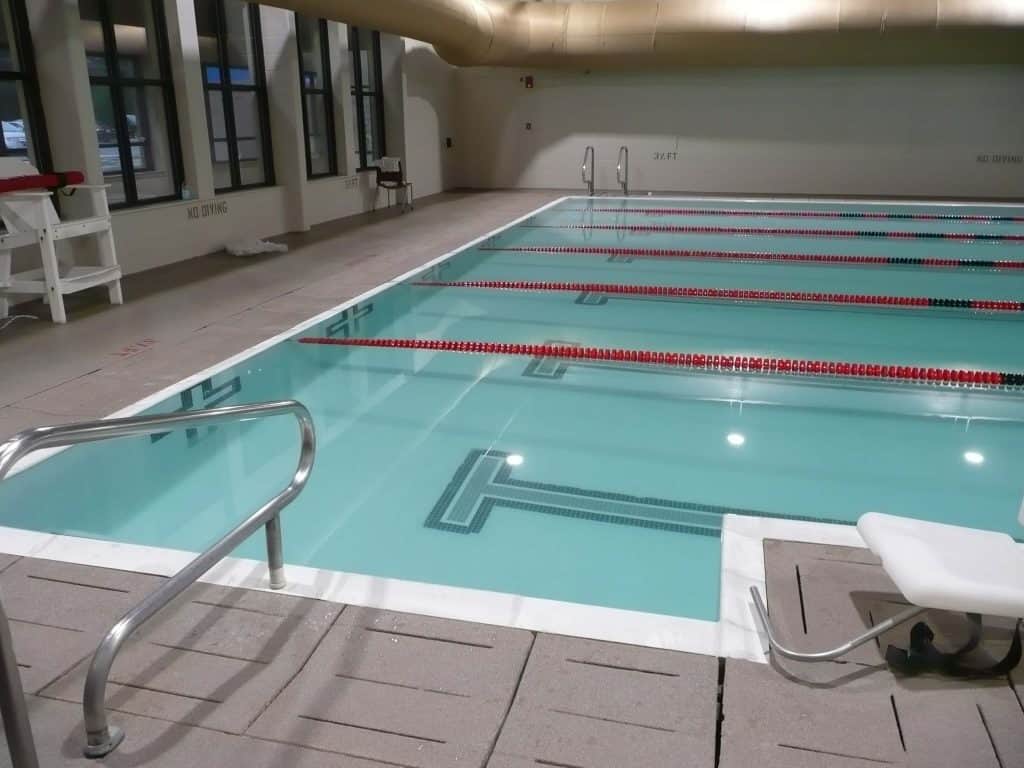
Indoor swimming pools that can be used for lap swimming year-round are desired by most health clubs and certain country clubs. Not only should the available space allow for a 50-meter (164-foot) Olympic-sized pool, but also for the surrounding area and other services like locker rooms. Swim teams frequently practice in 25-meter pools, thus this solution may be appealing to facilities with limited space and funds.
In the absence of a lap pool, other country clubs may prefer a freeform pool for seasonal outdoor sunbathing. A huge pool (either indoors or outdoors) that can accommodate a certain percentage of guests is frequently requested by hotels. Spas with hot tubs and tiny children’s pools are also popular.
Planning For Proper Bather Loads
Although outdoor pools may have more capacity, many health clubs and hotels can handle a 25-meter indoor pool. Indoor and outdoor landscaping can both have a tropical feel. In hotels, swim-up bars, grottos, and pools with mosaics and rock work are popular. Many of these pools have hot tubs attached. Some outdoor pools are infinity pools, which have no barrier on one long side of the pool. Wave pools and river pools are also becoming increasingly popular at health clubs and resorts.
Project Managing Your Commercial Pool Project
Project managing your commercial pool project will entail determining which type of pool we are building. The many facets involved in the pool construction process are dynamic depending on the type of pool being installed. Indoor pools are often more expensive to build and maintain, but they may be utilized all year. Outdoor pools, of course, are not suitable for usage all year in most regions. They also necessitate additional upkeep to keep them clean and in good working order. It’s crucial to think about pool filtration early on in the planning process to avoid having to make complicated alterations later.
If the pool is going to be built outside, you’ll almost certainly have to perform some landscaping as well. While it may be tempting to go overboard, keep in mind that the landscaping you choose will have a direct impact on the pool’s upkeep and cleaning requirements. Avoid any plants or trees with huge roots that could soon grow out of control, as well as any that are very dirty. Bushy perennials that won’t grow too tall and can be transferred if necessary are the best landscaping for around a pool.
Considering the Purpose of the Swimming Pool
Your Target Market
The pool’s purpose will determine a number of design options. A pool for games and enjoyment is not the same as a commercial pool built for exercise. If your pool is intended for fitness and users will be diving into the water, make sure there are deeper locations at least along one pool edge to make diving safer. The size of the pool will be determined in part by how it is intended to be utilized. You can be a little more creative with the shape and size of the pool if it’s simply for fun.
You’ll have more design freedom in the commercial swimming pool design process if your pool is mostly for adults. However, if it’s mostly or partially meant for youngsters, be sure you can accommodate swimmers of various sizes and abilities. Having a lot of shallow spots in the pool will keep younger poolgoers safe. It’s critical to find out how the pool will be used early on in the process because it will have a significant impact on other decisions.
The tough issue is that you aren’t always creating a pool for one purpose. It will almost certainly have a large number of users, and the pool builders task will be to find out how to smoothly weave those diverse zones with different functions into a unified design.
Swimming Isn’t Enough
When designing a commercial pool, pool builders frequently overlook the fact that not only the individuals in the pool, but also the spectators, must be taken into account. Your aquatic design must take deck space into account! For example, if you’re constructing a pool for a competition, you’ll need to account for a large number of spectators, as well as timers and judges. Even if the pool is only for fun or not really a pool at all (spray parks), you’ll need to figure out how parents and babysitters can keep an eye on their young children who are playing in the pool while conversing with other adults and staying dry.
Recreation pools, on average, require twice the amount of deck space as pool space. That section isn’t just for lounges; it’s also for concessions. You should also consider how lifeguards will be able to keep an eye on the pool.
Even swimmers will not spend all of their time in the pool, which is why locker rooms and bathrooms must be well-planned. Make sure there’s enough room for lockers and that they’re not too far away from the pool so that swimmers don’t have to stand out in the open while they’re wet.
Maximizing Energy Efficiency
There are numerous ways to make your business swimming pool design more environmentally friendly. Because adding a pool can have a significant environmental impact, it’s a good idea to consider strategies to mitigate this. While you may be hesitant to incorporate these features into your design at first, remember that they will save you money in the long term by lowering operational costs.
Solar heating systems, as well as energy-efficient pumps, coverings, and lighting, are available. A swimming pool cover could help reduce the quantity of water lost through evaporation. While harsh chemical water treatments are common in pools, there are surely more eco-friendly alternatives that are nonetheless effective at keeping pools clean.
Adding Commercial Water Features to the Design
While pools are beautiful on their own, adding water features can make them even more so. They aren’t merely for aesthetic sake. If the pool is being used for recreational purposes, they can also make it more fun. Water jets are one of the most prevalent features, but there are a variety of other methods to make your water design more fascinating. Once again, it’s critical to make this option early on in order to avoid making large changes later.
Maintaining the Safety of Swimmers
When establishing a pool, the importance of safety cannot be overstated. Pools can be a lot of fun and a great place to exercise, but they can also be very dangerous, so it’s critical that you minimize risk in your business pool design. Installing a pool fence, for example, is a terrific method to keep kids out of the pool or portions of the pool they shouldn’t be in. It must, however, be tall enough to accomplish this successfully.
Of course, there are a slew of rules to follow while creating a commercial pool in order to keep guests safe. To provide guests with simple and safe access to commercial pools, steps, ladders, and railings are all required. There should also be a location for signage that warns users that the floor is slick when wet and discourages them from diving into shallow places. There will be additional rules to follow if your pool contains specific equipment such as diving boards and slides.

